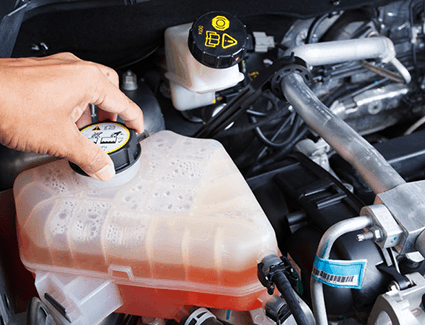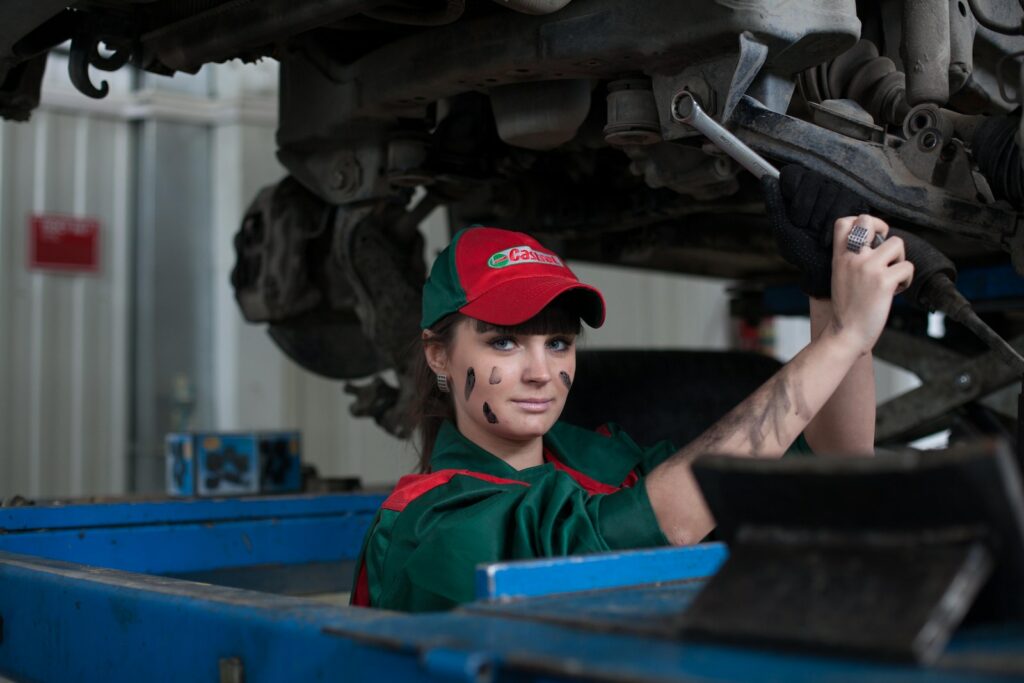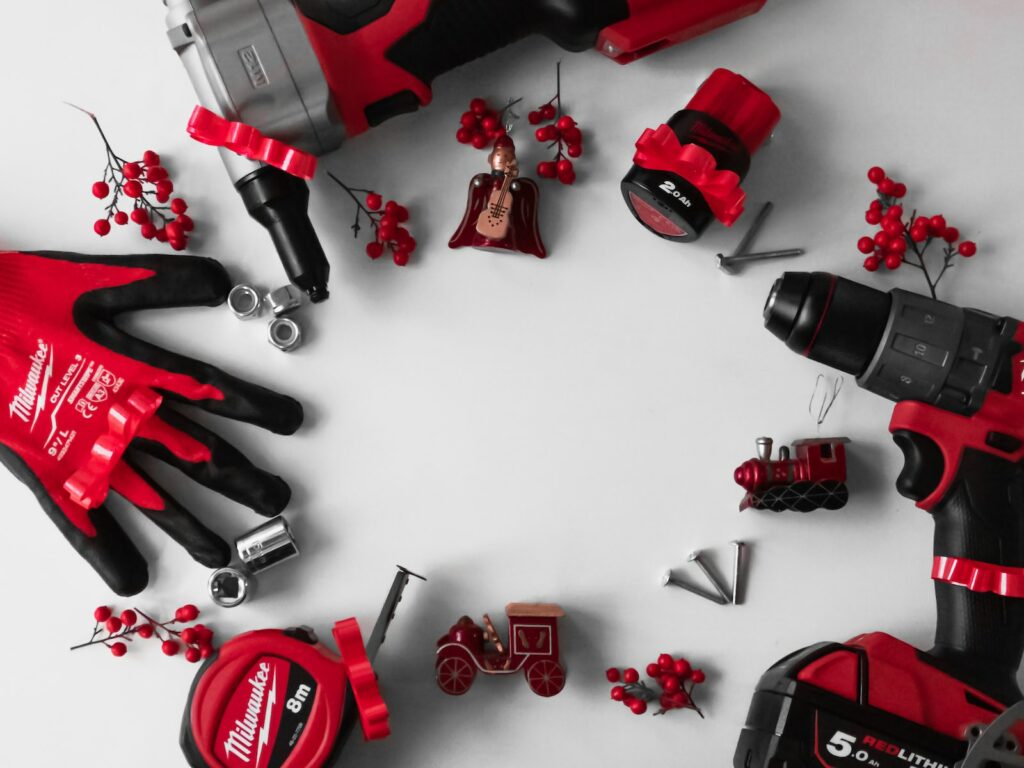Coolant, also known as antifreeze, is a liquid that is added to your car’s radiator to keep the engine cool and running smoothly. It is important to regularly check and refill your coolant to prevent overheating and damage to your engine. In this guide, we will go through the steps of refilling your car’s coolant, including the tools and materials you will need, and important precautions to take.
Purpose of Coolant
The primary purpose of coolant is to regulate the temperature of your engine. As your engine runs, it generates a lot of heat, and without coolant, the engine could overheat and suffer damage. Coolant also helps to protect your engine from rust and corrosion by inhibiting the formation of rust on metal surfaces, and by providing a barrier between different metals in the engine that can react with each other.
Benefits of Regularly Refilling Your Coolant
Regularly refilling your coolant has several benefits for your car. These include:
- Preventing overheating: If your coolant level is low, your engine may overheat, which can cause damage to your engine. By regularly refilling your coolant, you can ensure that your engine is always running at the right temperature.
- Protecting your engine: Coolant helps to protect your engine from rust and corrosion by inhibiting the formation of rust on metal surfaces and by providing a barrier between different metals in the engine that can react with each other.
- Improving fuel efficiency: A properly functioning cooling system can help to improve your car’s fuel efficiency.
- Extending the life of your engine: By keeping your engine running at the right temperature and protecting it from rust and corrosion, regularly refilling your coolant can help to extend the life of your engine.
Tools and Materials Needed
- Coolant: Make sure to use the correct type of coolant for your car. Consult your car’s owner’s manual or the manufacturer’s website to determine the correct type of coolant to use.
- Funnel: A funnel will make it easier to pour the coolant into the radiator.
- Gloves: Wearing gloves will protect your hands from the coolant.
- Water: If your coolant is low, you may need to add water to the radiator.
Step by Step Guide
Step 1: Locate the radiator
Locate the radiator in your car. It is typically located at the front of the engine bay, and is a large metal component with a cap on top. The cap has a symbol on it that looks like a thermometer.
Step 2: Check the coolant level
Remove the cap from the radiator and check the coolant level. If the coolant level is low, you will need to add more. If the coolant level is at or above the “full” mark, you do not need to add any more coolant.
Step 3: Add coolant
If the coolant level is low, use a funnel to pour coolant into the radiator. Be sure to pour the coolant slowly to avoid overflowing the radiator. If the coolant level is still low after adding coolant, you may need to add water to the radiator as well.
Step 4: Replace the cap
Once you have added the coolant, replace the cap on the radiator and make sure it is secure.
Step 5: Run the engine
Start the engine and let it run for a few minutes. This will help to circulate the coolant throughout the engine and ensure that it is properly mixed with the water in the radiator.
Step 6: Check for leaks
After running the engine for a few minutes, turn it off and wait for it to cool down. Check the area around the radiator for any leaks. If you notice any coolant on the ground, there may be a leak in the radiator or one of the hoses. In this case, it’s best to take your car to a mechanic to have it checked and repaired.
Precautions
- Always wear gloves when handling coolant to protect your skin from irritation.
- Never open the radiator cap when the engine is hot. The pressure inside the radiator can cause hot coolant to spray out, which can cause serious burns.
- Never mix different types of coolant. Using the wrong type of coolant can cause damage to your engine.
- Keep coolant out of reach of children and pets. It is toxic and can cause serious health problems if ingested.
- Be sure to dispose of any old coolant properly. Many auto parts stores and repair shops will accept used coolant for disposal.
Conclusion
Refilling your car’s coolant is an important task that can help to keep your engine running smoothly and prevent damage. By following the steps outlined in this guide, you can safely and easily refill your coolant and keep your car in top condition. Remember to always check your coolant level regularly and refill as needed, and to take the necessary precautions to protect yourself and your engine. If you have any doubts or concerns, consult with a professional mechanic or auto-repair shop.






